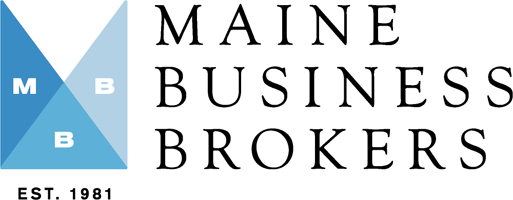Four timing tests to maximize the sale of your business.
Business owners sell their businesses for a variety of reasons: retirement, boredom or wanting to explore another opportunity. Sometimes the sale of the business is forced, triggered by events outside the owner’s control: health issues, an economic downturn or changing industry dynamics. An unplanned or forced exit from your business could be costly due to the seller having little negotiating power and/or time to sell. However, for those taking a medium or long-term planning approach to selling your business there are 4 basic tests to help time a successful exit strategy.
Test 1: Personal
Where are you in your life and why do you want to sell? Do you understand the tax implications of the sale and does the value of your business meet your goals for retirement or your next endeavor? What will you do after selling and how does that life change impact the other aspects of your personal life? Selling a business takes time and patience and can often be an emotional process. Owners need to keep running the business effectively and can’t “check out” once they’ve reached the decision to sell.
Test 2: Business Lifecycle
Most businesses follow a general lifecycle: the first stage is start-up and growth, followed by the maturity stage and then a slow decline which will requires re-invention or re-investment. It’s common for business owners to think about selling late in the maturity stage; the business is established with proven cash flow and good systems in place for a new owner. But selling your business in the later part of the maturity stage usually means that the new owner will need to invest additional capital to grow or modernize the operation. That additional investment will be calculated into their valuation as a discount on the price. Counter-intuitively, the best time to sell a business is at the top of the growth curve as the business enters into the mature stage or early in the mature stage. This is also the point where an owner gets to enjoy the “fruits of their labor” and is less inclined to sell.
Test 3: Industry Lifecycle
Like individual businesses, industries also follow a life-cycle curve. Changing technologies, consumer wants and modern logistics and fulfillment systems are re-organizing or impacting large swathes of our economy and industries. Business owners should keep a close eye on trends in their industry and understand how technological and social changes may impact their business model. These changes may not be readily apparent or affect a business’s bottom-line but could make the business much more difficult to sell in the future.
Test 4: Macro Economic Environment
The businesses that survived the ’08 economic collapse are leaner and smarter and many saw their weaker competitors disappear. Now, with an improving economy these owners are once again enjoying strong profits and regaining any loss ground from the recession—many are reluctant to sell in “good times”. However, the economy will take a downturn again and interest rates will go up. Businesses can take 1-2 years to sell so waiting for the economy to cool down could mean you’ll be marketing your business at a cycle low. This will impact price and the size of the buyer pool as financing sources pull back.
Your business may represent a significant part of your net worth and your retirement strategy. Maximizing the sale of your business is not just about when you are ready to sell; it’s affected by micro and macro factors in your industry and outside your control. It’s rare that an owner can perfectly time the sale of the business to optimize all four of these “tests”, but these tools can still help you plan your eventually exit strategy.

